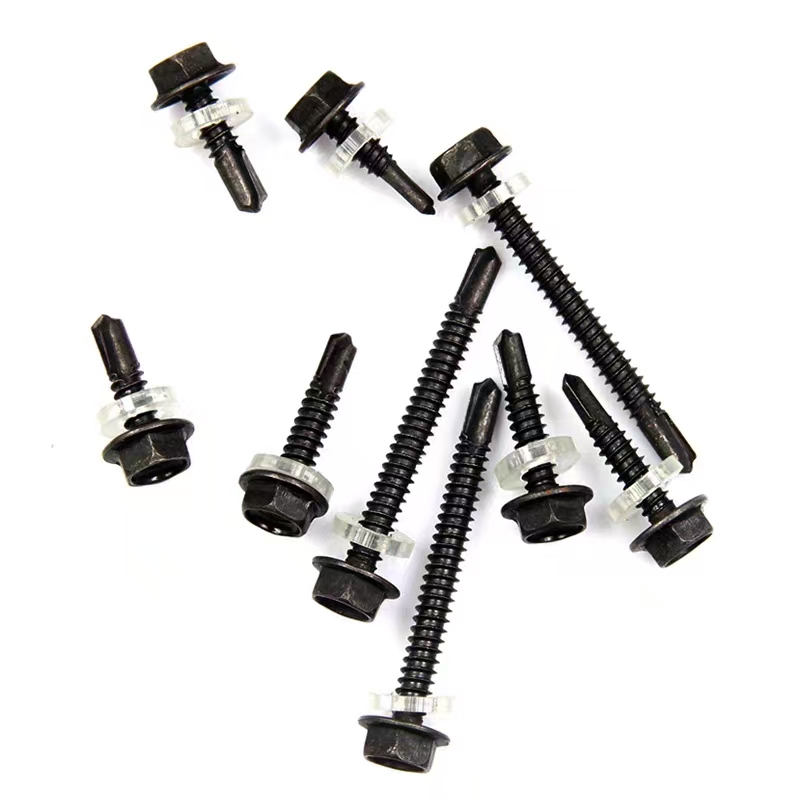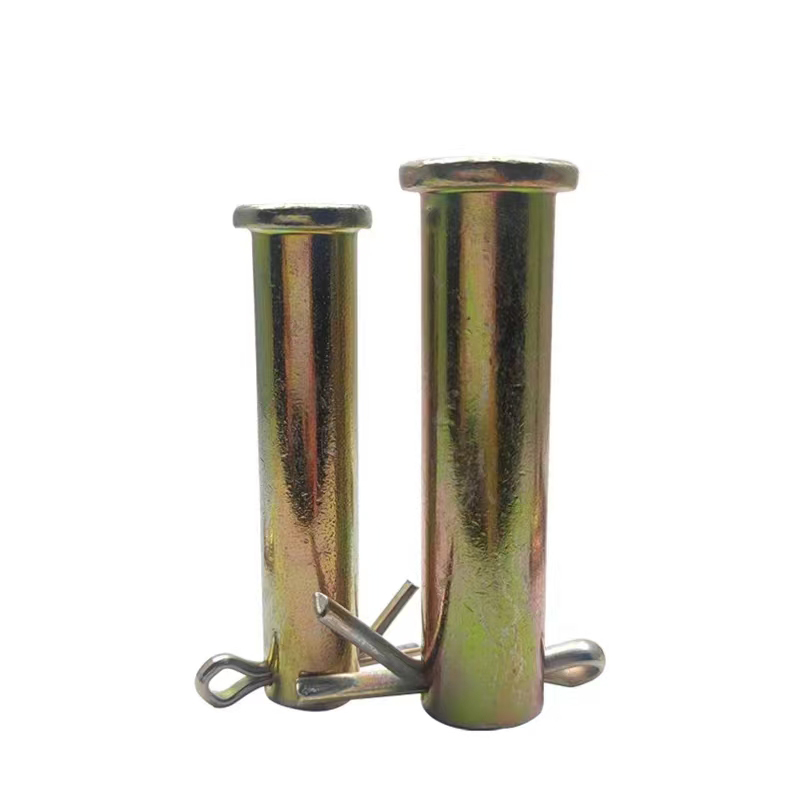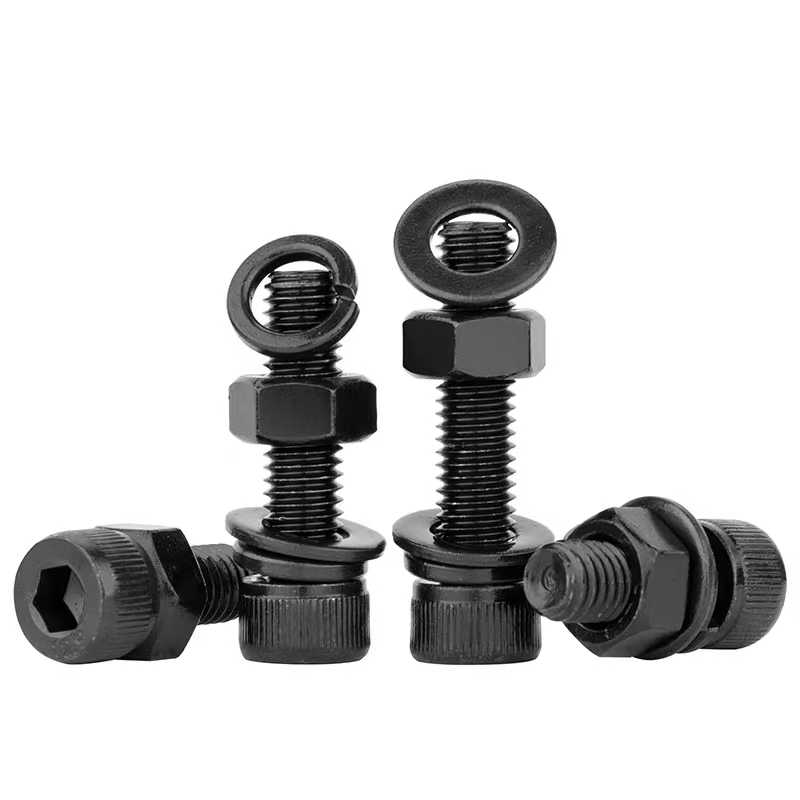- Chinese
- French
- German
- Portuguese
- Spanish
- Russian
- Japanese
- Korean
- Arabic
- Irish
- Greek
- Turkish
- Italian
- Danish
- Romanian
- Indonesian
- Czech
- Afrikaans
- Swedish
- Polish
- Basque
- Catalan
- Esperanto
- Hindi
- Lao
- Albanian
- Amharic
- Armenian
- Azerbaijani
- Belarusian
- Bengali
- Bosnian
- Bulgarian
- Cebuano
- Chichewa
- Corsican
- Croatian
- Dutch
- Estonian
- Filipino
- Finnish
- Frisian
- Galician
- Georgian
- Gujarati
- Haitian
- Hausa
- Hawaiian
- Hebrew
- Hmong
- Hungarian
- Icelandic
- Igbo
- Javanese
- Kannada
- Kazakh
- Khmer
- Kurdish
- Kyrgyz
- Latin
- Latvian
- Lithuanian
- Luxembou..
- Macedonian
- Malagasy
- Malay
- Malayalam
- Maltese
- Maori
- Marathi
- Mongolian
- Burmese
- Nepali
- Norwegian
- Pashto
- Persian
- Punjabi
- Serbian
- Sesotho
- Sinhala
- Slovak
- Slovenian
- Somali
- Samoan
- Scots Gaelic
- Shona
- Sindhi
- Sundanese
- Swahili
- Tajik
- Tamil
- Telugu
- Thai
- Ukrainian
- Urdu
- Uzbek
- Vietnamese
- Welsh
- Xhosa
- Yiddish
- Yoruba
- Zulu
- Kinyarwanda
- Tatar
- Oriya
- Turkmen
- Uyghur

China rubber gasket material
Understanding China Rubber Gasket Material
From industrial use to household applications, China rubber gasket material plays a crucial role in sealing solutions. Yet, confusion persists about its quality and utility, stemming perhaps from a vast array of grades and types available. Here's a closer examination drawing from real-world experiences, aimed at clarifying common misconceptions and providing practical insights.
Navigating Material Selection
One might assume that all rubber gaskets from China are homogeneous in quality, but reality begs to differ. I've found that the choice of rubber gasket material should align with specific application needs and environmental conditions. It's not just about endurance or chemical resistance—it's the whole package. Once in a project, I opted for nitrile rubber, banking on its oil resistance, only to later confront its limitations under high heat.
This taught me to balance between different material qualities like EPDM for its weatherability or silicone for its range in extreme temperatures. The trick is understanding both the strengths and limitations inherent to specific materials. Each scenario demands distinct priorities.
Also, sourcing from reliable manufacturers is key. Handan Zitai Fastener Manufacturing Co., Ltd., situated in China’s largest hub for standard parts, comes to mind. Their strategic location near major transport networks like the Beijing-Guangzhou Railway ensures efficient distribution, but more critically, their offerings are underscored by a commitment to quality.
Common Pitfalls in Usage
Even with the right material, improper use can squander its benefits. During a project involving high-pressure steam systems, a seemingly robust fluorocarbon gasket quickly failed due to incorrect installation. Initial suspicion fell on material quality, but further inspection revealed misalignment and uneven pressure distribution.
This underscores the importance of proper installation techniques. Employing the correct torque, ensuring uniform compression, and replacing worn components regularly make all the difference. Skimping on these essentials can lead even the best materials to premature failure, masking the real culprits behind operational inefficiency.
Lessons like these urge one to focus beyond the assurance of material specs, integrating rigorous procedural standards to harness their full potential.
Quality Assurance Practices
Ensuring consistent quality in China rubber gasket materials partly hinges on robust quality control from the manufacturer. Visiting Handan Zitai Fastener Manufacturing Co., Ltd. opened my eyes to the meticulous processes underlying their production.
From raw material inspection to final product testing, this adherence to stringent standards fosters reliability. A tour through their facility revealed not just the technology but a culture of precision, reflected in every gasket they produce. It’s crucial to collaborate with manufacturers who embrace such practices, especially in sensitive applications where failure is not an option.
Anecdotes like witnessing their sophisticated testing labs withstanding rigorous client demands have cemented my confidence in their offerings.
Case Studies in Material Performance
In a marine setting, I tackled corrosion challenges using neoprene rubber gasket material known for its saltwater resistance. In coastal projects, this material has outperformed even my conservative expectations, delivering durability despite relentless exposure.
However, another scenario involving acidic environments proved that relying solely on material reputation isn't foolproof. A tailored approach, recognizing the nuances of each application, often illuminates lapses in assumptions about general performance.
By drawing from case-specific experiences, professionals can better predict material behavior, adapting selections to a project’s unique demands rather than leaving outcomes to chance.
Future Trends and Considerations
Reflecting on future directions, sustainability in gasket manufacturing piques interest. As eco-conscious policies gain traction, shifts towards bio-based materials reflect broader industry trends.
Adapting to these developments requires not just material innovation but an openness to evolving practices. Considering environmental footprints alongside performance discovers new opportunities for advancement, steering the industry into more sustainable waters.
This pivot is not just confined to emerging materials but invites more environmentally attuned selection criteria, recalibrating the metric by which we assess success in gasket usage.
As the world of China rubber gasket materials advances, keeping abreast with these shifts while grounding choices in careful evaluation remains pivotal, ensuring long-lasting and effective sealing solutions.
Related products
Related products
Best selling products
Best selling products-
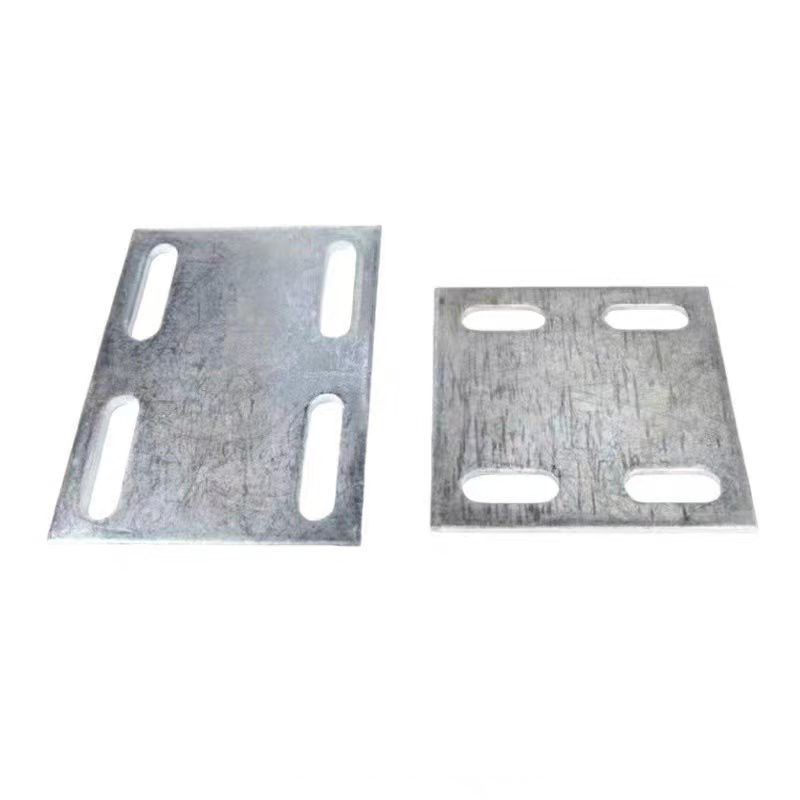 Electrogalvanized embedded plate
Electrogalvanized embedded plate -
 Electrogalvanized hinge bolts
Electrogalvanized hinge bolts -
 Electrogalvanized nuts
Electrogalvanized nuts -
 High-strength blackened nuts
High-strength blackened nuts -
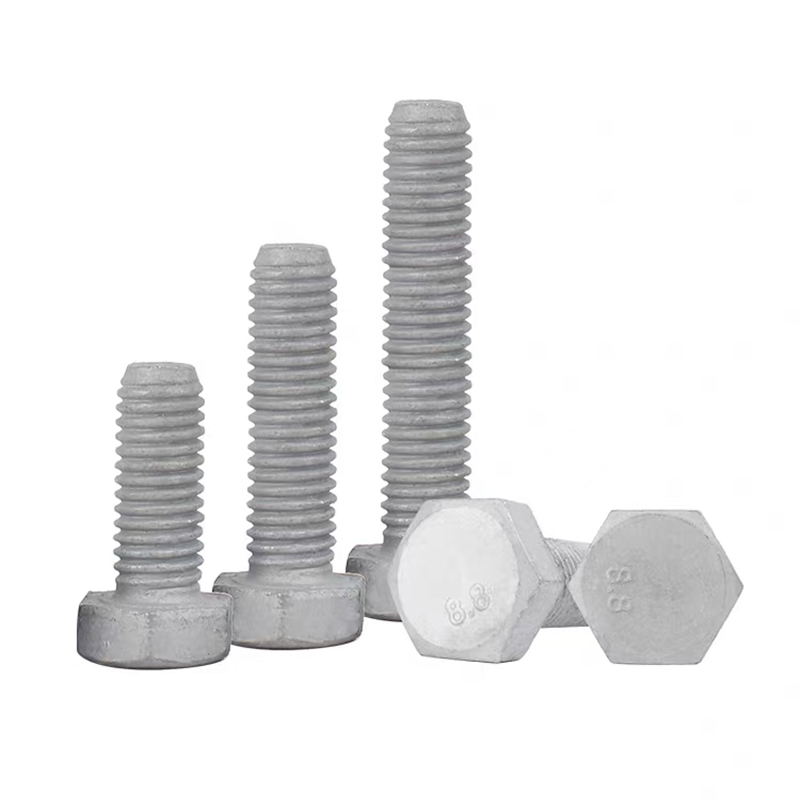 Hot-dip galvanized hexagonal bolts
Hot-dip galvanized hexagonal bolts -
 High-strength blackened gasket
High-strength blackened gasket -
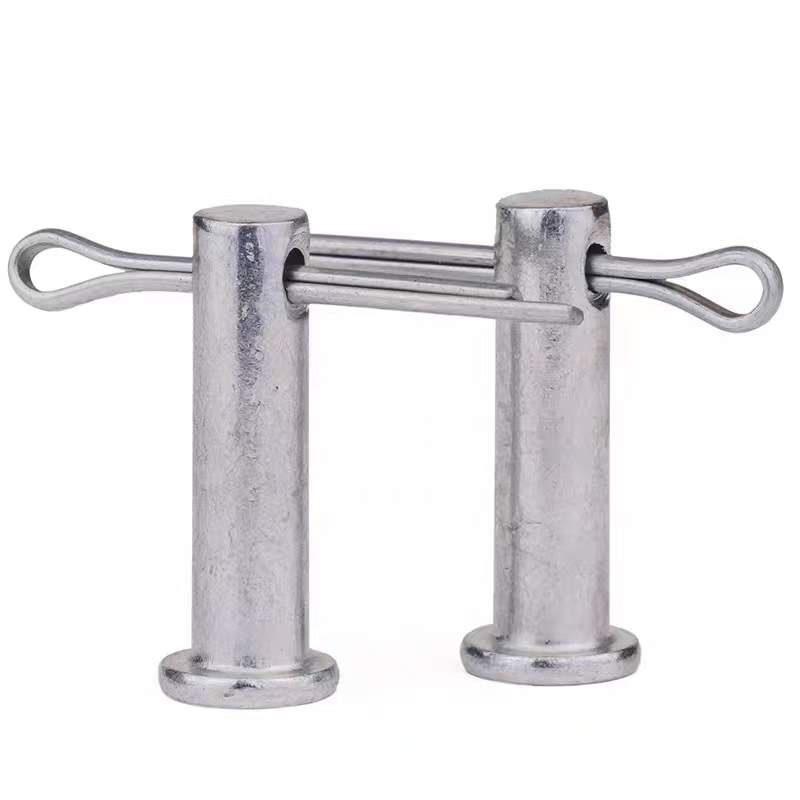 Electrogalvanized pins
Electrogalvanized pins -
 10.9S large hexagon bolts
10.9S large hexagon bolts -
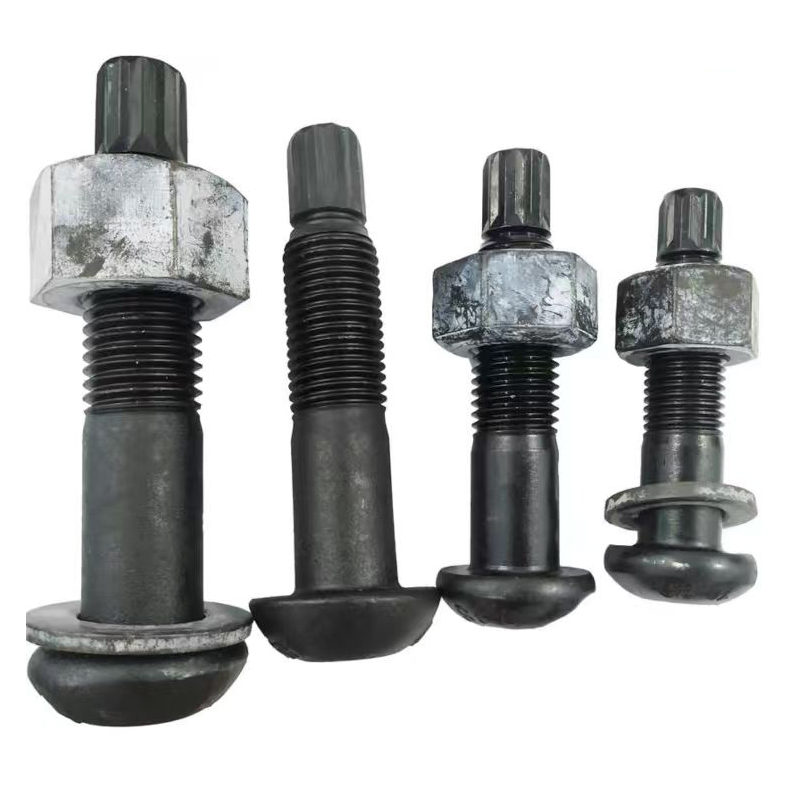 10.9S Torsion Shear Bolts
10.9S Torsion Shear Bolts -
 Electroplated galvanized flange nut (flange face nut)
Electroplated galvanized flange nut (flange face nut) -
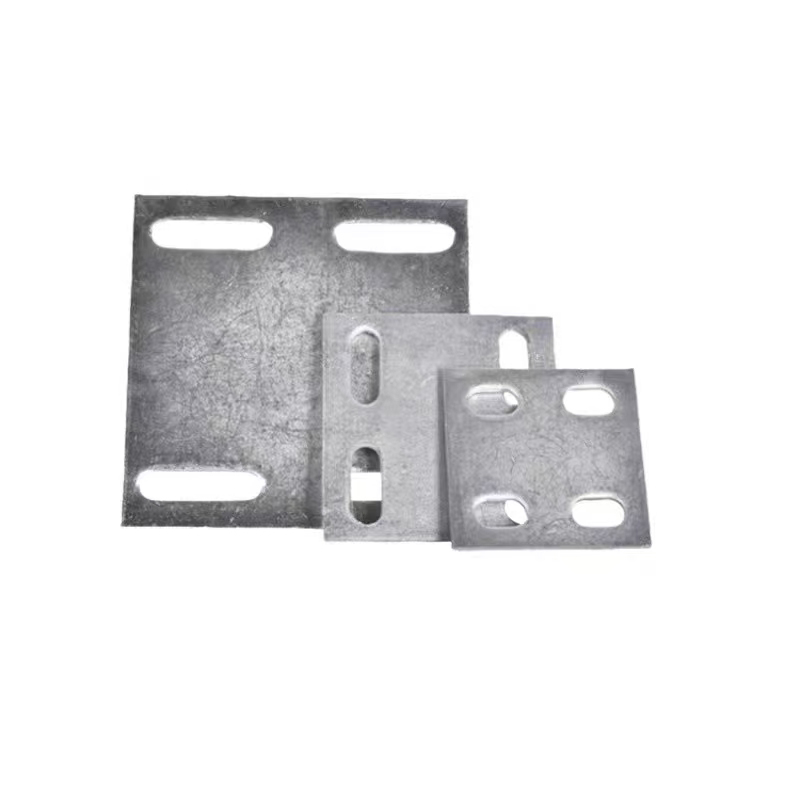 Hot-dip galvanized embedded plate
Hot-dip galvanized embedded plate -
 Colored zinc-plated expansion hook
Colored zinc-plated expansion hook



